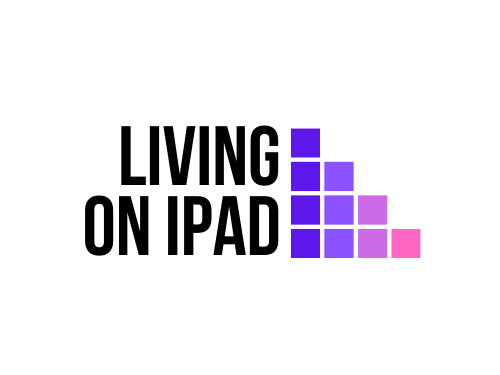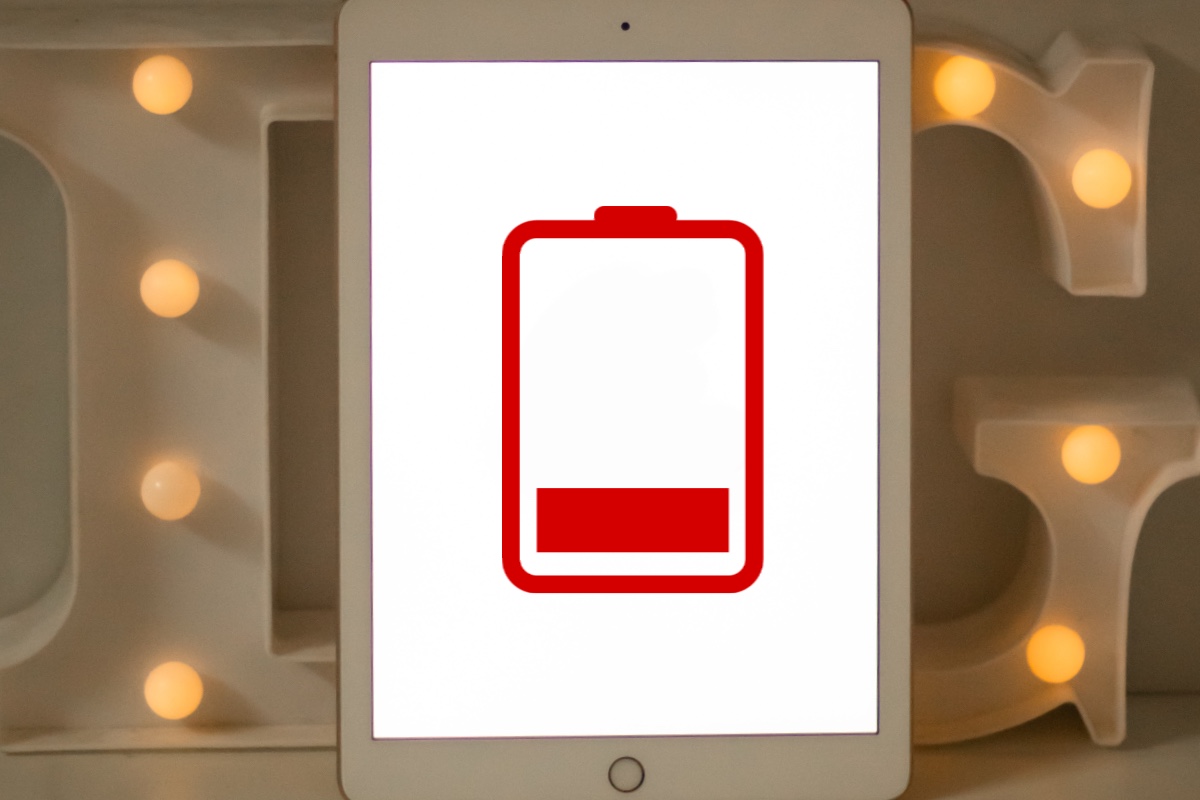Last year Apple introduced the option to use a mouse or trackpad with iPad quietly as an accessibility feature. This year they went all in, releasing the incredibly well received (and pricey) Magic Keyboard & Trackpad cases for iPad Pro models, making use of their Smart Connectors.
We’ve already mentioned the rumours that these cases will be extended to more, if not all iPad models in the near future, but until then, is it worth grabbing a cheap mouse to get a taste of the action?
As will almost anything I ask on this website, the quick answer is, it depends.
iPad Pro Magic Keyboard & Trackpad

Because iPad is a touch first operating system, multitouch is a central part to how the system works. The trackpad is the most natural way to replicate this without directly touching the screen and the gesture support built into iPadOS makes Apple’s own option very functional.
Unfortunately at this stage, third party trackpads don’t appear to support the extended feature set that Apple has on their own hardware. I would assume that the gestures work if you pair one of their own Mac trackpads as well as with the Magic Trackpad case, but I’ve not tried so I can’t verify that right now.
That means that most trackpads in cases from Logitech or Brydge right now don’t give much more usability than a basic mouse – but of course you’re not swapping touch support for pointer, you get both. You can still reach up and manipulate things on the screen and then go back to a more traditional experience with keyboard & pointer when you need to.
Convenience vs Cost
One of the biggest conveniences you’ll lose however by using Bluetooth accessories rather than Apple’s Smart or Magic ones is that when you grab the iPad to use alone, you’ll have to disconnect the peripherals manually, either by powering them off or disconnecting the iPad’s Bluetooth connections.
With Apple’s Smart Connector based products, as soon as you pick it up you’re done. Also Apple’s Keyboards are powered by the iPad, not another thing to remember to charge, which also makes a difference.
So right now, I wouldn’t recommend getting a third party trackpad case for your iPad, go Apple or go home on that. But if you have an Apple trackpad in the drawer, give that a go, or even pick up a Bluetooth mouse for about a tenner from Amazon if you feel like dipping your toe in the computer replacement waters.
It’ll give you a good idea of what to expect for very little investment, but there’s also no reason to use one if you’re not using an external keyboard too. It would be very strange to tap away on the screen for letters and then go back to a mouse!



















